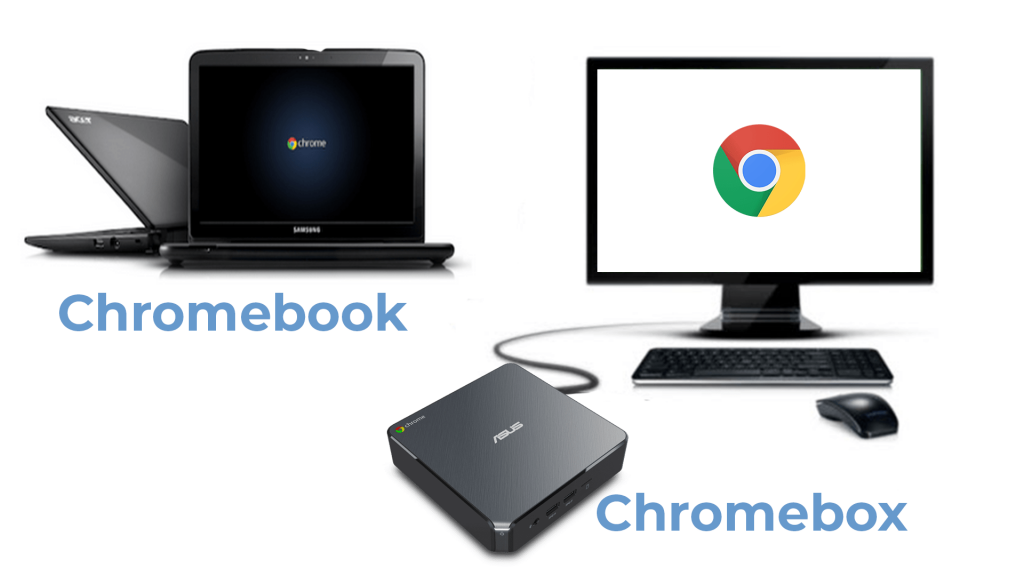Welcome to this Friday's edition of the Cobry Cafetiere of Cloud Knowledge. This week we are discussing a topic that is dear to many of team cobry's hearts - Google Chrome devices. Specifically, we will discuss the benefits of Chrome devices and how they can be managed throughout organisations. So, without further ado, let's get stuck in!
What is a Google chrome device?
Chrome Devices are pieces of hardware that operate on Chrome OS. There are two types of Chrome Devices: Chromebooks and Chromeboxes. A Chromebook is a laptop whilst a Chromebox is a mini PC (also run on Chrome OS) into which you can plug a monitor, mouse and keyboard to use as a traditional computer. Both device types provide a lightweight and secure computing solution where all of your data is stored on the cloud rather than on the device itself.

What are the benefits of Google Chrome Devices?
Chrome devices pose many advantages to organisations that use them. From security features to enhanced management capabilities, there's a whole world of potential that can be harnessed by organisations to ensure a sound device strategy. We've mentioned some of our favourites:
Pre-provisioning of Devices
You can have organisational devices sent out to team members pre-configured with the security settings and provisions you wish them to have. This means that there is no need for employees to set up their own devices. They simply need to start up the device and they are ready to work. The time it takes to get up and running with the device simply depends on how quickly you can get it out of its box!
In-built Security
As Chrome Devices are designed to work on Google Cloud’s zero trust model, they automatically come with a whole host of quick security wins. One such feature attached to the use of Chrome devices is Sandboxing. Sandboxing is a security technique in which each web page and application is run in an isolated, restricted environment (called a sandbox). This means that should a user land on an infected page or open malware, all other tabs and the rest of the machine will not be affected.
Performance
Many Chromebooks come with eight years worth of updates, meaning that the device will constantly perform at the latest and most secure version. In addition, these updates run in the background. This means you can work whilst your laptop updates itself unlike legacy devices where chunks of your time were very often spent waiting for the machine to update. Chromebooks are also incredibly quick and maintain their speed even after years of use.
How can you manage organisational Google Chrome Devices?
For enterprises, one of the true benefits of deploying Chrome devices throughout the organisation is the ability to centrally manage their provision, configuration and security settings. There are over 200 different settings that you can apply to the chrome devices in your organisation in order to serve your exact business needs and goals. Some of our favourites are:
- Force Install or Restricting download of certain apps
- Remotely locking or wiping devices if they have been lost, stolen or subject to a security threat
- Determine the web pages or applications that automatically open when a device starts up (for example a company intranet)
Chrome Device Licenses
If managing and controlling organisational data and ensuring security is important to your organisation, a chrome license is imperative. Without one, you will be unable to take advantage of all of the exceptional device management possibilities. Your type of organisation will depend on the license you can get. See the options below:
Enterprise Organisations
| License Type | Price (per device) |
| Perpetual (one off payment) | £199 |
| Annual (annual payments) | £33.91 |
Educational & Non-profit Organisations
| License Type | Price (per device) |
| Perpetual (one off payment) | £30 |
Would you like to find out more about available Chrome devices and licenses? Don't hesitate to get in touch, we'd love to help!







